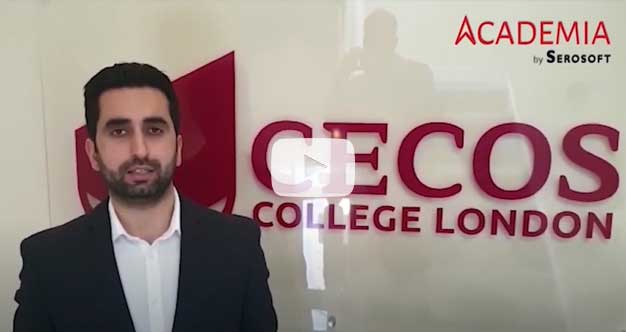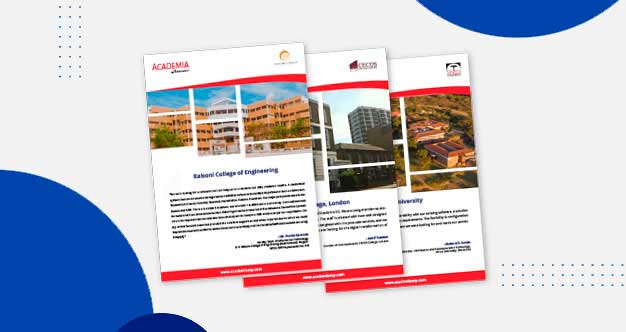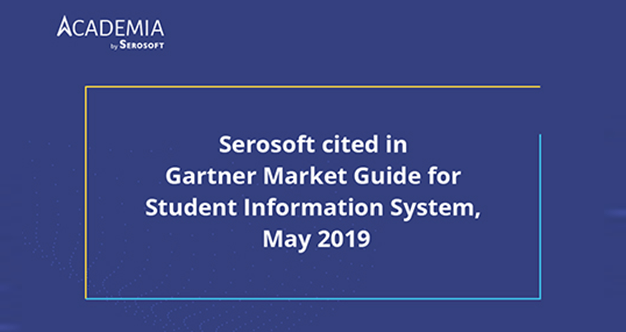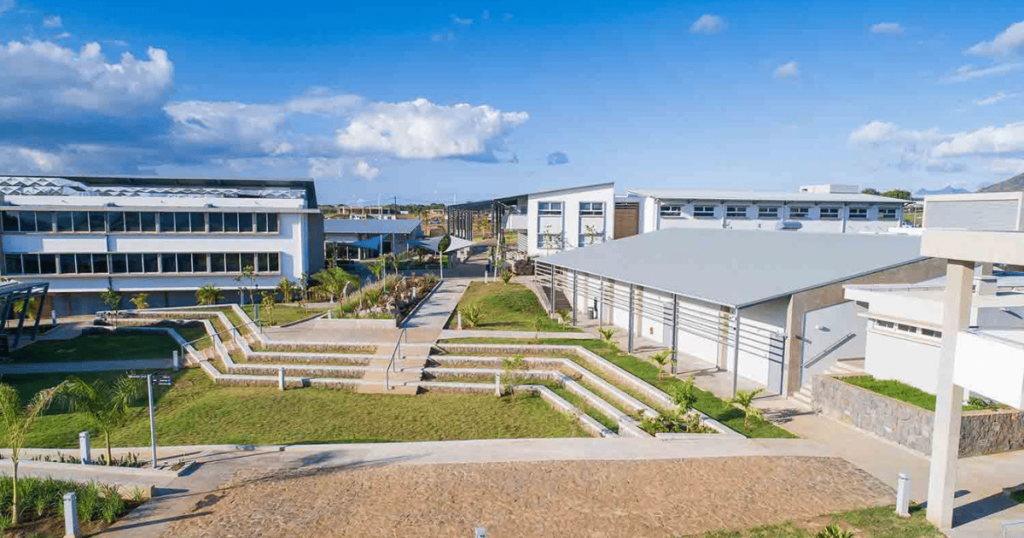Course Corrections Made Easy: Harnessing Student Information Systems for Student Success
Introduction
Educational institutions strive to help students reach their full potential and succeed in their academic pursuits. One way to achieve this goal is by identifying and addressing any course-related issues students may encounter. It all starts with the Student Information System (SIS)/Education ERP, a comprehensive tool that can help institutions track student progress, identify areas of concern, and implement timely course corrections. In this blog post, we will explore how an SIS can facilitate course corrections for students, ensuring they stay on track and achieve their academic goals.
- Identifying At-Risk Students
Student Information Systems/Education ERP can help education institutions identify at-risk students by analyzing their academic performance, attendance, and engagement data. By examining factors such as low grades, frequent absences, or a sudden decline in participation, educators can pinpoint students who may need additional support or interventions. This early identification allows institutions to address issues before they escalate, helping students stay on track and succeed.
- Personalized Learning Plans
An SIS can store and analyze data on each student’s learning preferences, strengths, and weaknesses. With this information, educators can develop personalized learning plans tailored to individual students’ needs. These plans may include targeted interventions, additional resources, or modifications to the curriculum, ensuring that each student receives the support they need to excel in their courses.
- Real-Time Progress Monitoring
Through an SIS, educators can monitor student progress in real-time, allowing for timely course corrections. By tracking assignments, test scores, and participation, educators can quickly identify students who may be struggling and take action to address their needs. This timely feedback helps students make adjustments to their learning strategies and ensures that they stay on track throughout the course.
- Enhancing Communication and Collaboration
Effective communication between students, parents, and educators is crucial for identifying and addressing course-related issues. An SIS can facilitate communication by providing a centralized platform for sharing important updates, resources, and progress reports. This increased collaboration allows all stakeholders to stay informed and work together to support students in their academic journey.
- Data-Driven Decision-Making
Institutions can harness the power of SIS-generated data to make informed decisions about course offerings, curriculum adjustments, and resource allocation. By analyzing trends and patterns in student performance, educators can identify areas of improvement and implement evidence-based strategies to enhance student outcomes. This data-driven approach ensures that course corrections are targeted, effective, and tailored to individual student needs.
Conclusion
The Student Information System is a powerful tool that can help educational institutions facilitate course corrections for students, ensuring their academic success. By identifying at-risk students, creating personalized learning plans, monitoring progress in real time, enhancing communication and collaboration, and making data-driven decisions, institutions can address issues promptly and effectively. Harnessing the potential of an SIS not only leads to improved student outcomes but also contributes to the overall success and reputation of the institution.
Stay tuned for more such information and blog posts.
Related posts:
 Higher Ed Plans
Higher Ed Plans K12 Plans
K12 Plans










